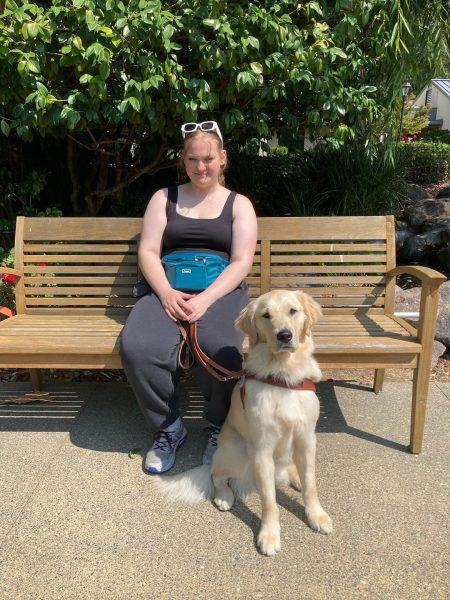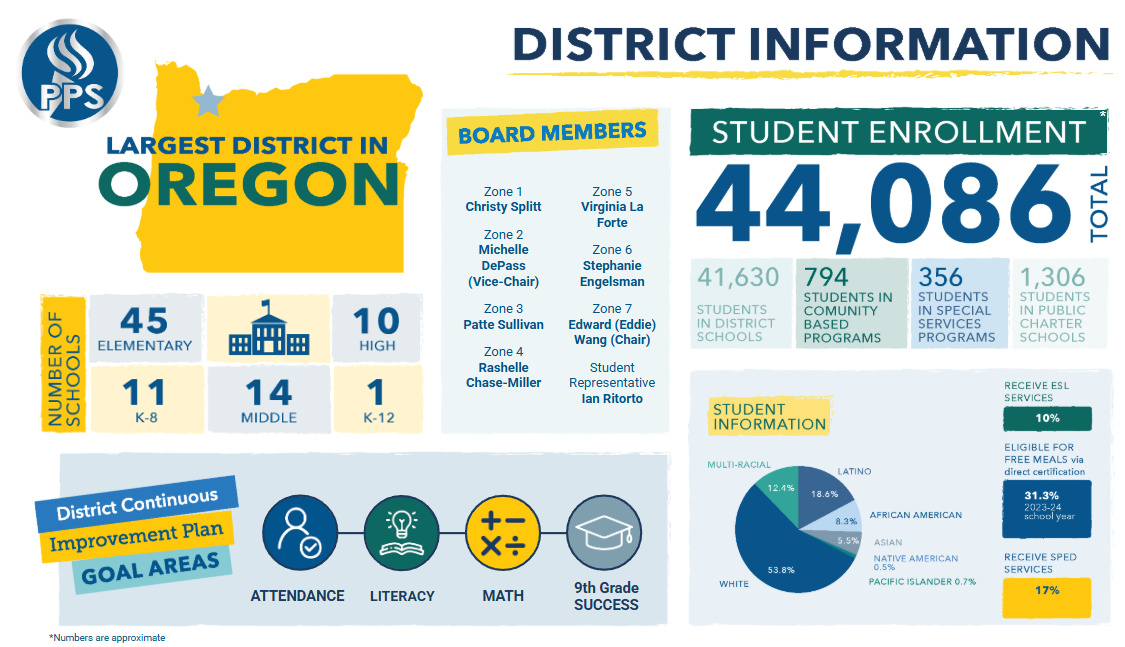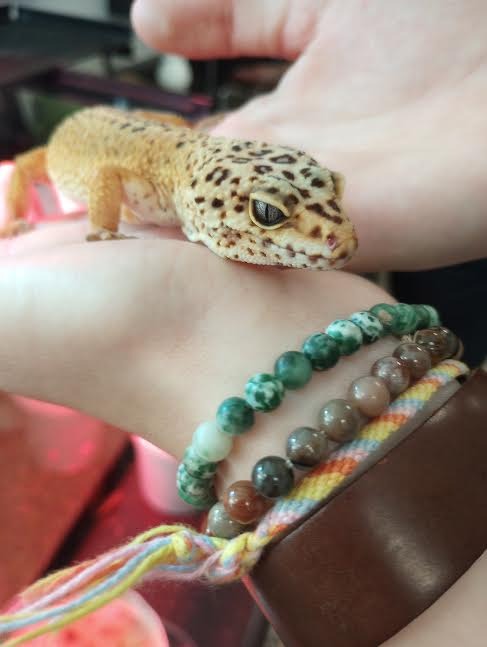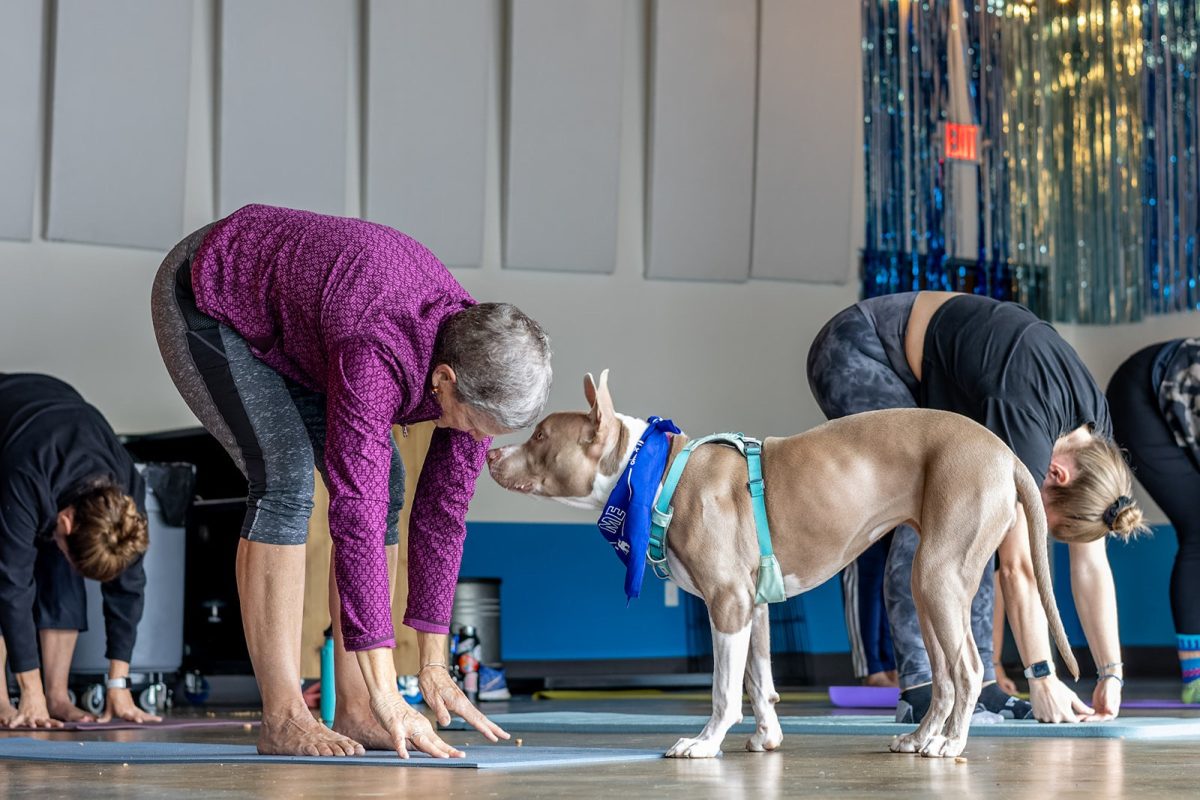
There are various reasons why people need service animals. Greater than one in four adults in the United States have some kind of disability, according to the Centers for Disease Control and Prevention. Service animals, while very cute on the outside, are a special tool that many disabled individuals utilize. Any dog, no matter the breed, that has been specially trained to work or carry out tasks for the benefit of a person with a disability — whether it be physical, sensory, psychiatric, or intellectual — is considered a service animal.
As essential companions and helpers, service animals significantly improve the quality of life for individuals with all kinds of disabilities. There are guide, hearing, mobility, medical alert, and psychiatric dogs who are trained to specialize in specific assignments to improve the lives of their handlers. It is worth noting that the Americans with Disabilities Act (ADA) considers service dogs to be primarily working animals that are not considered pets. This legal distinction grants particular rights and protections to service animal handlers, enabling them to bring their dogs into public areas where pet ownership could otherwise be prohibited. However, this does not mean that service dogs work all day, every day, for the rest of their lives or that they are not able to play.
Regarding service animals, there are a few common misconceptions and stark differences from other working dogs. Emotional support animals provide comfort to the user but are not trained to perform a specific task for an individual with a disability, and, therefore, they do not qualify as service animals under the ADA.
Another common misunderstanding is that only certain breeds of dogs can be service animals, and others can’t. Still, any breed or size can assist someone with a disability. Some little dogs are well adapted to notify their owners of an impending medical crisis, and some larger dogs are excellent at giving those with mobility issues stability. Despite many people often spotting service animals by the vests that they wear, another interesting fact about service animals is that they are not required to wear vests, and the user is not required to carry identification.
Although the ADA states that individuals may train their own service animals, it is typically encouraged that those with disabilities work with reputable service dog or training organizations to ensure they are assisted to the best of their animals’ ability. According to the ADA, service animals are “not required to be ‘certified.’ Service animal certificates provide the individual with a disability no more rights than an individual without one.”
The process for service animals to be professionally trained is a long and arduous affair, beginning with the raising of puppies. Volunteer puppy raisers nationwide take in puppies for the first few months of the dogs’ lives, teaching them the basics of house manners, leash walking, and house training; the groundwork for a good dog. During this stage, some dogs are cut from the program, but most need more time to determine if they are fit to be service animals. Early socialization is essential as it teaches the value of maintaining composure, ignoring outside distractions, and maintaining attention to their handler. While these skills are learned in puppyhood, they are significant and a major part of becoming the calm, cool, and collected helpers.
There are service dog trainers and professional service dog training groups all across the United States, offering a variety of nonprofit and for-profit organizations. After the dogs are around six months to a year old, they are either trained by the person raising them or brought to a special training facility in order to learn one or more skills that are unique to the handler’s disabilities. When it comes to meeting the requirements to be a service animal, things get harsh, and expectations come into play. The dropout rates for service dog applicants can reach all the way to 70%. Thankfully, pets that don’t make the cut can find homes on lengthy lists of very willing people.
The costs of service animals land on a spectrum. According to the non-profit American Kennel Club, “The cost of training a service dog can exceed $25,000.” The organization expands on some of the ways this training often takes place: “This may include training for the person with a disability who receives the dog and periodic follow-up training for the dog to ensure working reliability.” Some organizations provide disabled individuals with service dogs at no cost or offer financial aid for those who need the animal but cannot afford them, making this tool accessible to more people.
An example of a well-known training facility is Guide Dogs For the Blind (GDB). According to their website, they are the largest guide dog school in North America and provide “highly qualified guide dogs and K9 Buddy dogs, provide guide dog readiness skills, and offer youth programs to empower individuals who are blind or visually impaired.” This nonprofit organization recently collaborated with a Franklin senior, who you might have seen in class or walking in the halls.
Sydney Hoeft and her new companion and guide dog, Major, spend nearly every day together, and he has greatly improved her life. Major was raised and spent the first year and a half of his life in a puppy-raising home, and then returned to GDB for official guide work training. Hoeft has felt empowered with Major beside her, stating, “[He] has impacted me in ways that I didn’t fully realize [were] possible. The trust that I have built with him in such a short amount of time is crazy.” Hoeft expands, “Every day, when we leave our home on a new adventure, I trust him with my life, and that ability to do so gives me the comfort and confidence to do what I was scared to do before.” The impacts guide dogs and service animals have on their handlers go beyond the basics of their training; they allow those with disabilities to live even more independently and with peace of mind.
Hoeft has a visual field deficit called Retinopathy of Prematurity (ROP) that occurred at birth and has grown as her eyes have grown, taking away the peripheral vision they once had. Beyond this, she has nearsightedness, which, combined with ROP, creates poor depth perception and can make it easy to misjudge where objects are. They can best describe their vision as “like looking out of a toilet paper tube.”
Prior to applying for a guide dog and receiving Major, Hoeft used a white cane, which ultimately became one of the reasons she applied. “People get very awkward around white cane users. One of the first things I noticed [when] using the white cane was that [many] people don’t know what it is called, much less the nuances surrounding it.”
Despite the diverse groups of people who use white canes, the general population often perceive all white cane users as entirely blind. Hoeft argues that this perception is not based on reality: “In actuality, at least 85% of blind people have some usable vision.” Because of this, many visually impaired and blind individuals often avoid the use of a white cane for various reasons, including the social impact and specific circumstances related to their visual impairment.
After attending a Guide Dog Experience Day at GDB in February of 2023, Hoeft was further sold on the life-changing potential. “That day, I got to take a walk with a dog who was almost finished with his training. The moment I was able to pick up the handle and start walking, I knew that there would be no way I would continue using the white cane as a primary mobility aid given the opportunity ahead of me.”
She then applied to GDB and was put on the year-long waitlist in June of 2023. From then on, Major went through his training, and so did Hoeft. “In the early stages of the application process, I worked with Guide Dog Mobility Instructor Emily Algranati to strengthen my application. This was not a required part of the process; it was an opportunity afforded to me through my Orientation and Mobility instructor (white cane instructor).” Algranati’s work with Hoeft allowed her to match Major with Hoeft and teach her the tools to successfully work with a guide dog to have a thriving and vast partnership.
Algranati’s work goes past just the initial training and pairing GDB and mobility instructors provide; as Algranati explains, it includes “support services for all of our teams [during] the lifetime of their partnership, including in-person and telephonic assistance with training, behavior, public access, orientation and mobility, and so on.” Algranati says, “We also provide veterinary financial assistance as needed for all our teams.”
When it comes to supporting the mission of GDB, volunteers are a vital part of their initiative. “We rely on volunteer support in almost every aspect of our work, and we really could not fulfill our mission without our amazing volunteers,” she explains. GDB does not receive government funding, so every donation helps. However, if you’re looking for an even easier way to help out, you can take small steps when you see service animals out and about. Algranati recommends that the public aid them by “keeping pet dogs appropriately leashed and clear of areas where pet dogs are prohibited.” In turn, this will help to minimize distractions for these working dogs so they can focus on their very important job.
Hoeft has loved her experience thus far working with Major, saying, “This ultimately helps to eliminate anxiety around traveling, and the trust that has been built helps me feel safer and more confident going on outings with just Major by my side.” Not only is Major trained to avoid obstacles, but he was taught something called intelligent disobedience, where he will ignore Hoeft’s commands to keep the two safe. Guide dogs are the only service dogs trained to ignore or disobey their handler in dangerous situations, making them an extremely unique resource.
A challenge Hoeft has faced with Major is people approaching them and deciding to talk to or touch the working service animal. They understand why people are attracted to the golden retriever, but this is still an issue. “While Major may be an incredibly good-looking dog, he also has an incredibly important job. He is not for entertainment,” she notes.
Hoeft would tell a person contemplating getting a service dog to “consider how they feel about having more interactions with the general public.” They explain this point further, saying, “Having a service dog brings a lot of attention to you because of the novelty that they bring. Being prepared to talk about your dog, to put up boundaries for your dog, [and] to experience people talking to your dog but not you, is absolutely vital [when transitioning to using a guide dog].” The general public must have an understanding of the life-changing work service animals provide and respect when they are on duty and providing for their handlers.
Ultimately, service animals play an essential part in improving the lives of people with disabilities under a variety of settings. Millions of Americans rely on these carefully trained companions for crucial help and the ability to be independent. Service animals display incredible variety and dedication, ranging from guide dogs supporting visually impaired people to psychiatric service dogs assisting those with mental illnesses. Their impact extends beyond fundamental activities, creating confidence, comfort, and a higher quality of life for their handlers. By understanding their importance and rights under the ADA, we can work to create a more supportive environment for people who rely on these wonderfully unique caregivers.



































